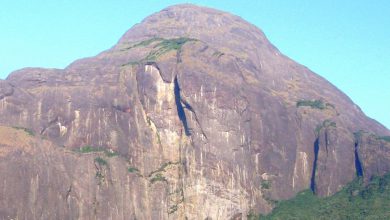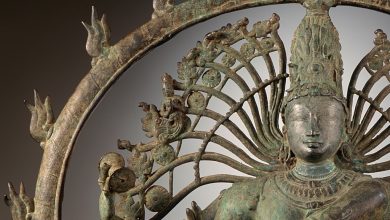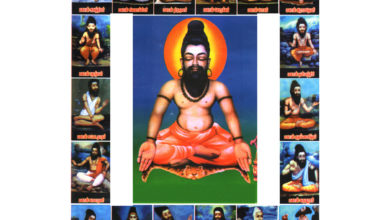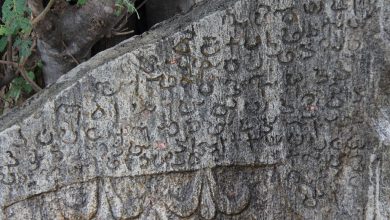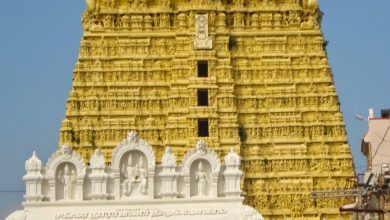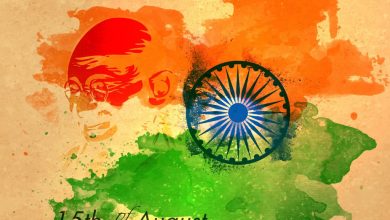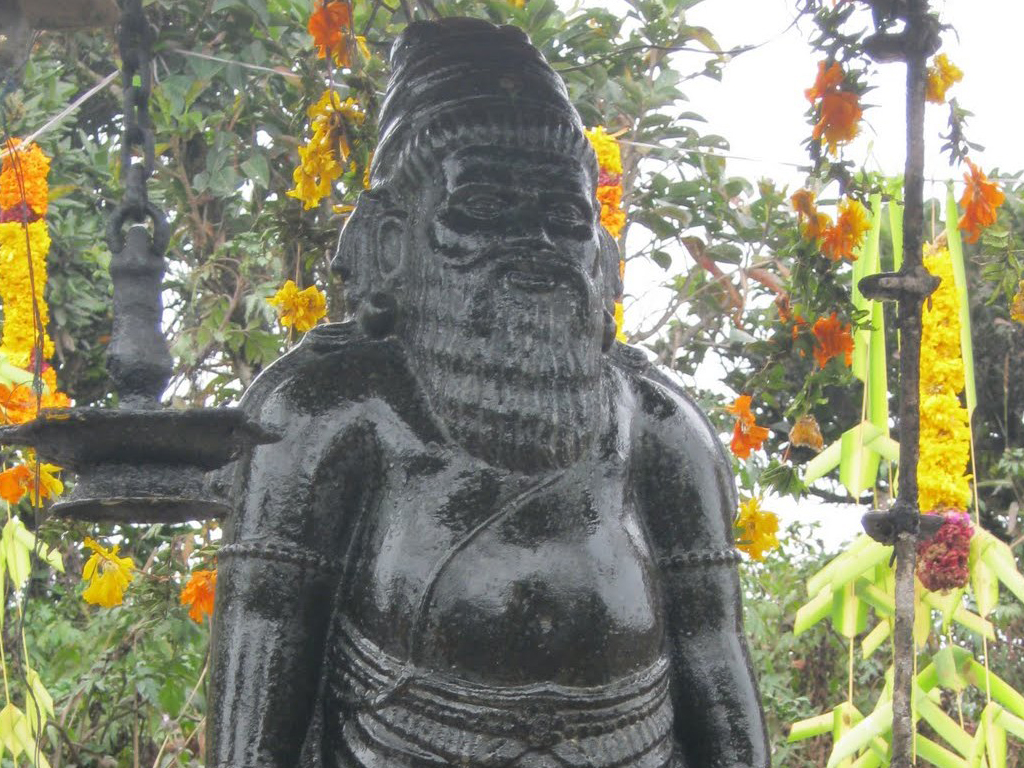
Ever since the human life existed on the earth, there lived other living beings also such as plants and creatures side by side. When human beings were affected with illness there also existed the method of curing it, side by side. As a matter of fact this is reflected in the ancient writings of siddhars.
Navamani mantharkkente nayakane maintharkku Navamani umayal kenjhi sankaram cheyyavente Sivamani pothigai vazhum senthil vazh murugan Gurumani siddha vaidyam kuruvom adisishyan Adi-Nool
It is seen that the system of Siddha vaidya sasthram was already promulgated in the writings of Siddhar Agasthiyar, known in the name, Adi – Nool a book of Siddha vaidya sasthram. The meaning of the poem in brief is mentioned as below:
The Great Lord Sri Parameswaran advised the poem containing about Siddha vaidya sasthram to his beloved wife Parvathi devi . Sri Mahamaya devi advised the said poem to her son Sri Murugan . Sri Muruga bhagavan ,to his disciple Agasthiya guru with the intention of propagating and protecting the valuable human life on earth. Like wise traditionally it is spread amongst the masses in the form of vocal hymns. As a matter of fact even now this Vaidya sasthram is limited and hidden in the hands of small number of Traditional Siddha Vaidya families.
According to manuscripts it is noticed that even in the history the Tamil Language existed in India, extending from the Himalayan mountains in the North to Kanyakumari in the South. Slowly and steadily the other allied Languages such as Malayalam, Telugu and Kannada also derived out of the Tamil language. Most of the valuable and important books were written in Tamil Script only. These are reasons to believe there are certain other scripts quite similar to Tamil script existed which are known as Senthamizh, Muthamizh, Nadakathamizh, Kodumthamizh. Later on these Vaidya sasthram transcribed and propagated through hymns, the skin of animals, through the skin of trees Thaliola and palm leaves.
The then Mahabharatha which extended from the Himalayan mountains in the North and Cape Comorin in the extreme South was ruled by the Legend Sree Kailasa Nathan. In his Kingdom due regards and respect were given to the Siddharkal present in his royal central gallery. During the said period as ordered by Sivaperumal (Sree Parameswaran), Sri Agasthiya guru entered in the South portion of Ananthapuram for rest and constructed an ashram.
Agasthiya guru considered this Ashram as a peaceful place to produce Siddha Vaidya Suktangal (poems) and to devote more time to think about the Siddha vaidya sasthram. There after Agasthiya Guru travelled to reach Kanyakumari, the point where the three oceans joins together known as Triveni samgama sthanam. On the way to Kanyakumari,Guru extended valuable medical treatment to those patients came across on his way. These patients astonished after knowing the result of his treatment with the help of different types of herbs or plants gathered from the near by surroundings. Also all the devotes of Guru heard about such treatment, they prayed to the guru so as to serve as sishyans or disciple under his guruship. At the same time Guru himself selected as sishyan only to those people whom the guru thought was fit in all respect.
Guru accompanied the sishyans and reached maruthuvamalai to introduce them and make them familiar about the medicinal plants found in the mountain region. Guru not only introduced the herbal plants but also advised about the curing effect of such herbal plants explaining to them how for the plants could effect “Udalkooru and Udalthozhil (Marma Treatment). After that Guru introduced about practicing such Medical system called “Siddham”.
Also accompanying the shishyas, Guru stayed at Agasthiyar kudam and started producing Siddha medicine and research work of Siddha. There were Agasthiya guru Ashrams run by Kattukada Asan, Mankottu Asan, Nadutheri Asan, Kidarakkuzhi Asan, Thenginkuzhi Asan, Moolachi Asan, Neyyattinkara Asan, at various places where treatment of Siddha vaidyam was extended to the public in the Southern part of kerala. As year passed on many branches were opened by the Gurukulas not only in different parts of Kerala but also different parts of South India. This fact is quoted in the book named Nadar history.
